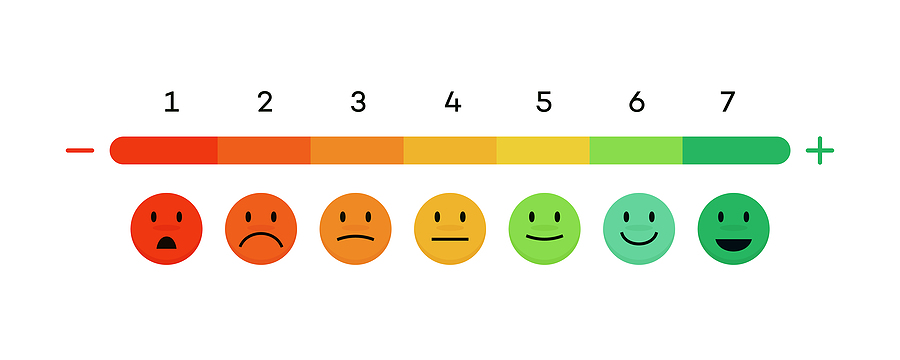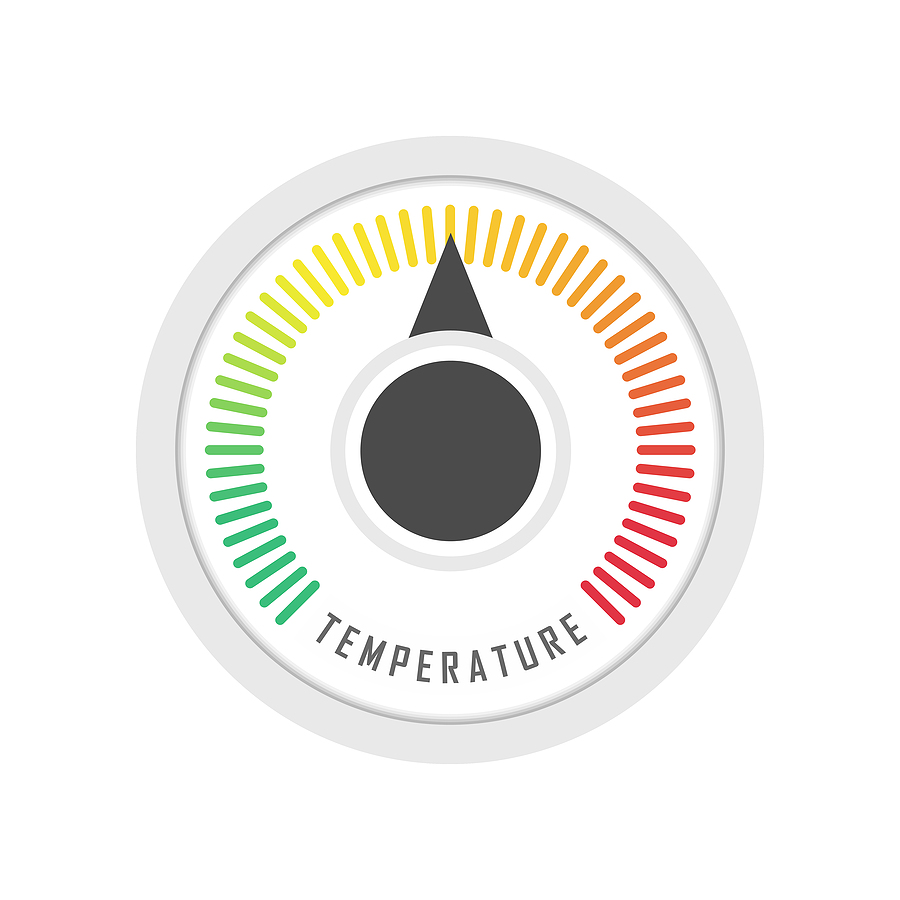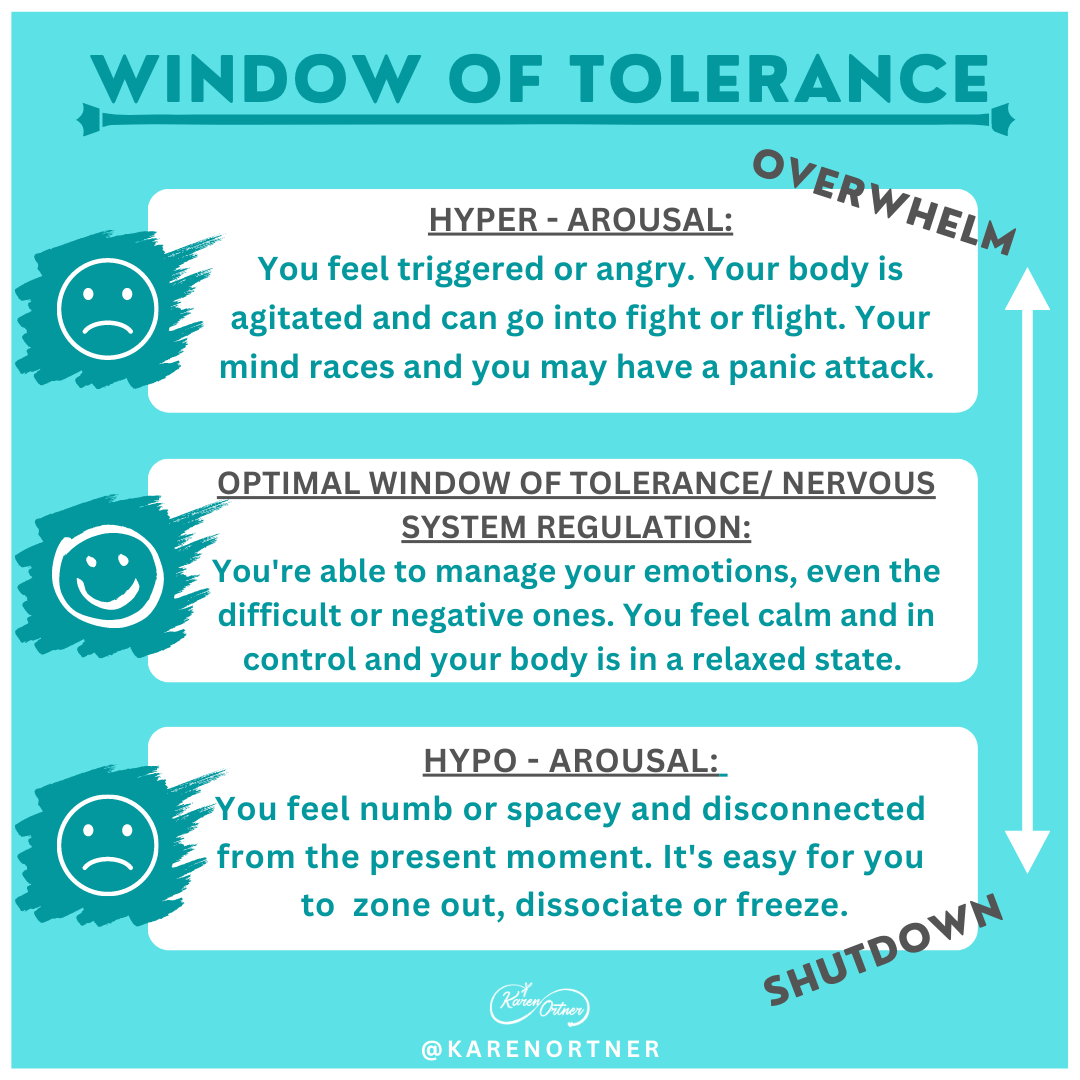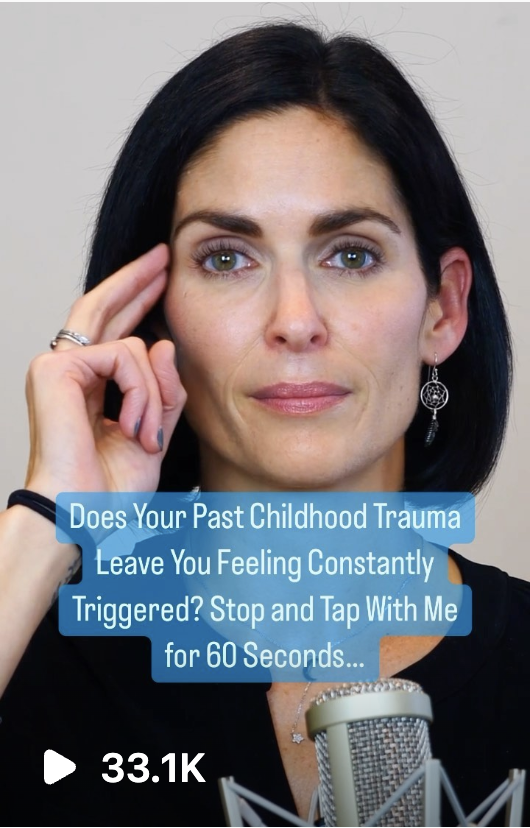
One of the most common concerns I hear from people – no matter where they’re at on their healing journey – is that the process itself can feel extremely intense and overwhelming, sometimes to the point of re-traumatization.
Yes, healing can be raw and challenging, especially when we’re working through painful or traumatic events and memories. But done right – it should not be re-traumatizing.
Which is why this is such an important topic to talk about! 😊
Whether we’re dealing with childhood, developmental, sexual trauma or a one off shock trauma (like a car accident) from our adult lives, there’s often a tendency among many people and practitioners to dive deep. To get to the root of the issue immediately.
While I completely understand this desire to “get there”, to not shy away from the “big stuff” – and I’m all for digging deep, 😉 we must pay close attention to is HOW we go about it.
![]()
When recovery work begins, first-responders don’t usually go straight for the epicenter.
They start at the periphery, clearing away debris and rubble, piece by careful piece. Making sure that the structures are safe and stable before digging deeper.
Our healing work is the same…
Instead of beginning with the most traumatic part, we start with the outer edges or layers of our traumas (around the green 6 or 7) and work gently and safely inwards towards the deeper, more traumatic layers (1 or 2 in the diagram).

Many times this is a natural process that evolves over time as we expand our resources and strengthen our capacity to tolerate the work.
If we delve straight into the most intense and traumatic events from our past, before enough preparation work has been done to bring safety, grounding and other resources to our body, mind and nervous system, we can end up feeling unable to tolerate or even continue the work.
This sadly, is what leads many people to quit their healing journey entirely. 😕
Let’s imagine for example that you’re in a session, talking to your practitioner about a recent Holiday party where you had a panic attack and had to leave. As you recount how the crowded, hot room made you feel, you notice, right there in the session, that your palms are beginning to sweat, your heart is racing and your chest and throat feel tight.
You also notice that a memory of an old trauma (likely the core memory that triggered your recent panic attack) is coming forwards.
You tell your coach about this old memory and now you have a choice to make.
While it might be tempting to dive straight in to whatever happened back then, doing so right away may exacerbate the panicky symptoms you’re feeling, making it difficult for you to stay present enough to safely process and release them.
One way that you (along with your practitioner, coach or therapist – if you have one) can support yourself during your healing journey is to learn to stay within your “window of tolerance.”
This window is a concept, first coined by Dr. Dan Siegel, that refers to the range of emotions and sensations we can comfortably tolerate without becoming too activated or overwhelmed.
 Think of it like a thermostat in a house: if the temperature inside the house gets too hot or too cold, the thermostat kicks in to bring the temperature back within a more comfortable range.
Think of it like a thermostat in a house: if the temperature inside the house gets too hot or too cold, the thermostat kicks in to bring the temperature back within a more comfortable range.
In the same way, if we become overwhelmed or triggered by emotions or sensations during a session like the one described above, it can be really helpful to have some tools and techniques on hand to bring us safely back to a more comfortable state.
But before we discuss these tools and techniques, let’s take a second to notice what can happen when a person moves beyond their window of tolerance. Here are a few things you might notice:
1. Physical Symptoms:
These can include increased heart rate, shortness of breath, sweating, shaking, agitation, racing thoughts, feeling tense or restless, panic attacks. A person may also feel out of control and show signs of a fight or flight response.
2. Emotional Symptoms:
A person may feel overwhelmed, anxious, tearful or angry. They may also appear confused, vague, disconnected, numb or dissociated from their emotions and/or the present moment.
3. Behavioral Symptoms:
When a person has moved beyond their window of tolerance, they may have a hard time concentrating, making decisions or being connected to their feelings, emotions or sensations. They may want to fight, flee or shut down completely. They may also exhibit partial or total dissociation.
Here’s an image to help you understand this a little bit more:

Now that we know how to spot when someone has moved outside their window of tolerance, what are some tools and techniques can we use to help if this happens to us or to a friend or loved-one?
Tip #1: Use Somatic Experiencing Mindfulness Practices.
Somatic Experiencing (SE) is a body-based technique that helps us pay attention to the physical sensations in our body as we process a traumatic event or memory. For example, we might feel angry and notice heat in our hands. As we sit with and observe this physical sensation, we might then notice a desire for a fight response. As we imagine making a fist and throwing a punch, the heat dissipates and the feeling of anger is safely released. By bringing awareness to these body sensations, you can begin to regulate your nervous system while staying within your window of tolerance.
Tip #2: Use EFT Tapping.
Tapping on specific meridian points on the body while focusing on a specific emotion, thought or memory, can help you safely process and release the charge or activation stored in your body and nervous system. Tapping is a great tool for rapidly bringing down the intensity of an emotion or sensation so that we can stay within or quickly return to your window of tolerance.
Tip #3: Take Breaks Whenever You Need Them…
The healing process can be intense and because of this, it’s really important to give yourself breaks either during a session or at any other time you need it. This might be a nap, a walk outside in nature, a cozy – do – nothing day at home in your pjs or really anything else that appeals to you. I know for me, any time I push too hard to heal, I can end up in exhaustion and frustration. So please, take care of you – it might sound cliche, but our healing journey really is a marathon, not a sprint.☺️
Top Tip #4: Seek Guidance and Support:
There’s so much we can accomplish by ourselves in our healing; so many emotions and old beliefs we can process. And, there are some memories, events and traumas that can that leave us needing some extra support. So, if you find yourself feeling overwhelmed, confused or simply alone, please do reach out for support. This might be a trusted friend, a loved-one or a healing professional.
Above all, this is your own unique healing journey and no two experiences are alike. Take things at your own pace and remember that healing, even from the deepest traumas, does not have to be re-traumatizing. There is a gentler, safer way that can be found when we stay within our window of tolerance.
I’m here for you and I’m cheering you on each step of the way. ❤️
Yours in healing,
Karen 🙂
P.S. If you frequently find yourself triggered and outside your window of tolerance because of past traumas you’ve experienced, try this quick burst of Tapping with me now:


Thank you so much Karen,
Your approach is always so gentle and effective.
It gives me hope and inspiration to know that you have experienced similar childhood traumas and have gone on to maintain an intimate relationship with your husband.
I have never had a intimate relationship because of my childhood sexual trauma and I’m in my 50s.
Having had trauma therapy, and other treatments, including tapping, I hope that one day I might feel safe enough to enter into a relationship.
Love and gratitude,
Alison.
Hi Alison,
I’m sorry to hear about the trauma you’ve experienced and that it’s prevented you (so far) from having an intimate relationship.
I’m working to create some online programs to support people healing from trauma and one of those courses is geared towards couples (survivors and their partner) with the aim of helping them navigate establishing or re-establishing intimacy after abuse. I’m hoping it will bring a lot of support, comfort and practical guidance for the many many people out there just like you.
Please know that you’re not alone and this is something I hear from people all too often.
Much love to you Alison as you continue on this brave and challenging path.
Karen ☺️
Thank you Alison, for sharing, and thank you Karen, for creating this programme – I will be very interested in it. I always wanted children (I’m 40 now), but as of now whenever I want to approach finding a partner it’s like my whole innser system fights against this to protect me… 2 years of coaching were first helpful, and then – while I still deeply appreciate the support – too overwhelming, bringing up too much seemingly unbearable emotions. I think I learned early on in life to just not feel emotions, and now even simply emotions seemed to much.
I’m so glad I just found the tapping, and I have so much hope about healing again. Thank you for your very gentle approach and for sharing your example spreding hope.
This was very helpful, particularly the diagram. I realized that for the most part I’m in the middle, but at times can move into either hyper-arousal or hypo-arousal. I am grateful to learn new ways to catch this before I spend too much time in either state. Thank you Karen!
I’m so glad you found this helpful Mary. 😊
GM Karen. I so much wanted to tap along with your 60 sec tapping for childhood trauma triggers but I, 85 y/o and don’t really prefer to join instagram. Do you have another mode by which you offer tap alongside for this? I too am like you having gone through a complex of issues all of my childhood. As I’m getting “older” I find that I’m getting triggered more and more. I work as a concierge at an ALF and our head nurse is very much like my mother. Several weeks ago she unleashed on me all weekend and all I could do was stand there and take it. Within a couple of days I noticed the depression and IBA kicking in and I’m having a difficult time “letting it go”. Would you maybe have a video for this on you tube or somewhere to share with me? Maybe it’s just too late but I hope not.
Thank you
Carol
cbusam2@gmail.com
Hi Carol, I’m not sure if you can just follow the link in the blog and just tap along or if you have to actually sign up for Instagram. I totally understand not wanting to join social – in which case, there’s always the tapping solution app where you can enjoy longer meditations on a variety of topics. And you can always put forward suggestions for topics you’d like to see covered in there. ☺️
Thank you for this post. I have felt overwhelmed so many times on this journey, and in the past my response often was to freeze, and then to push harder. Your words help me understand.
I’m so glad you’ve found this helpful Andrea 😀